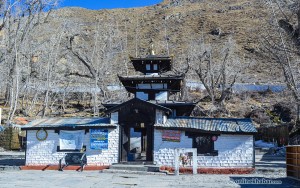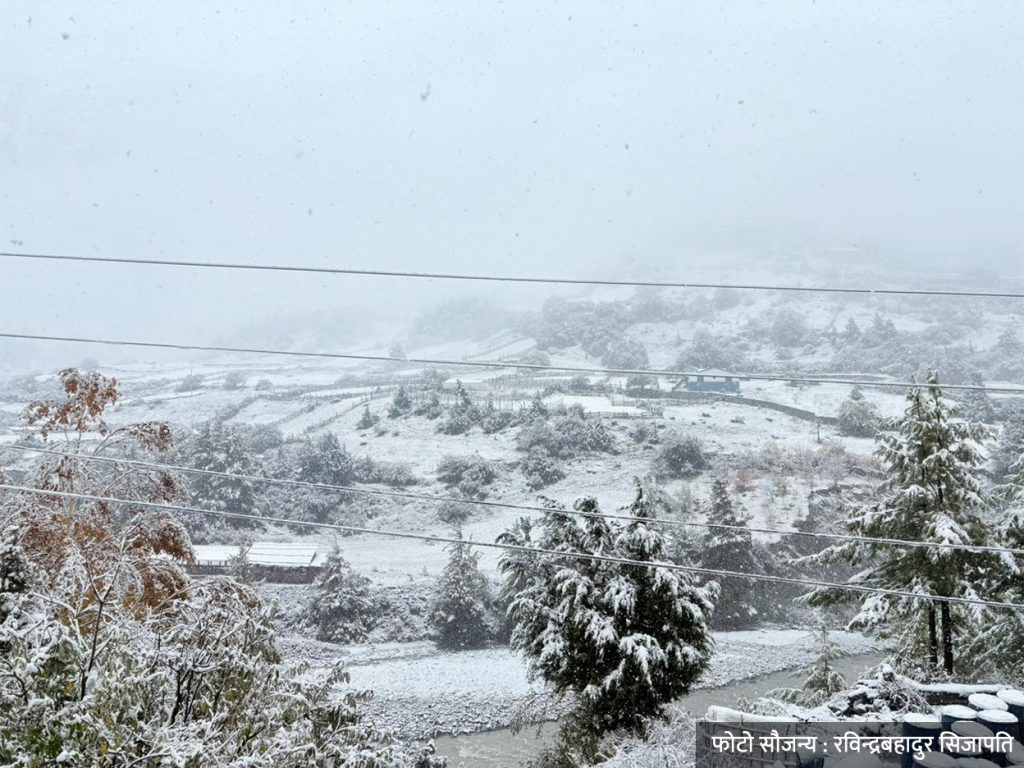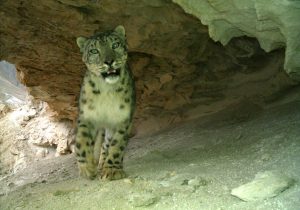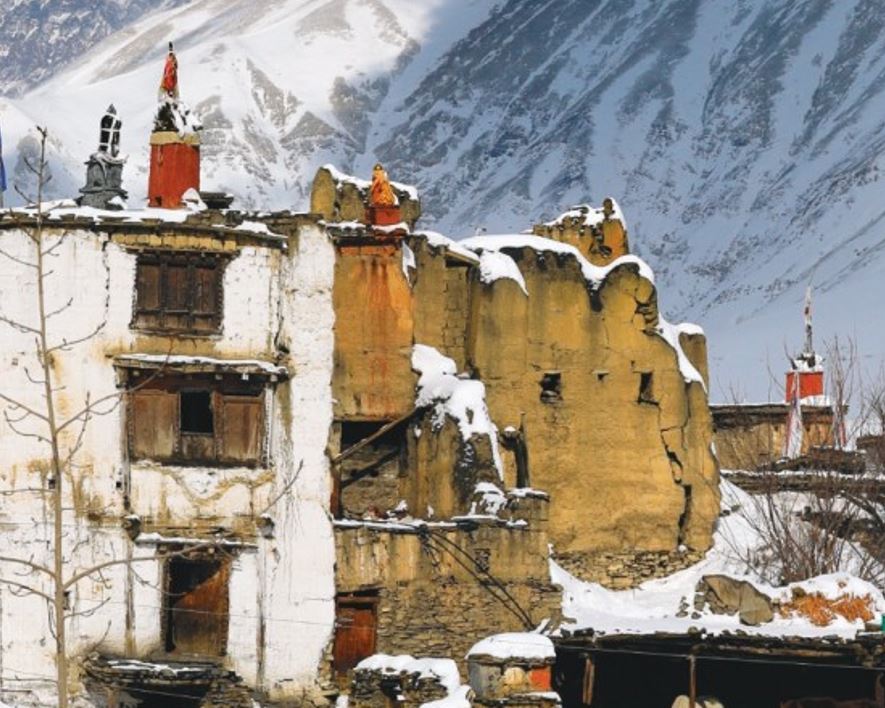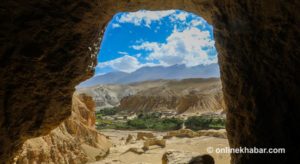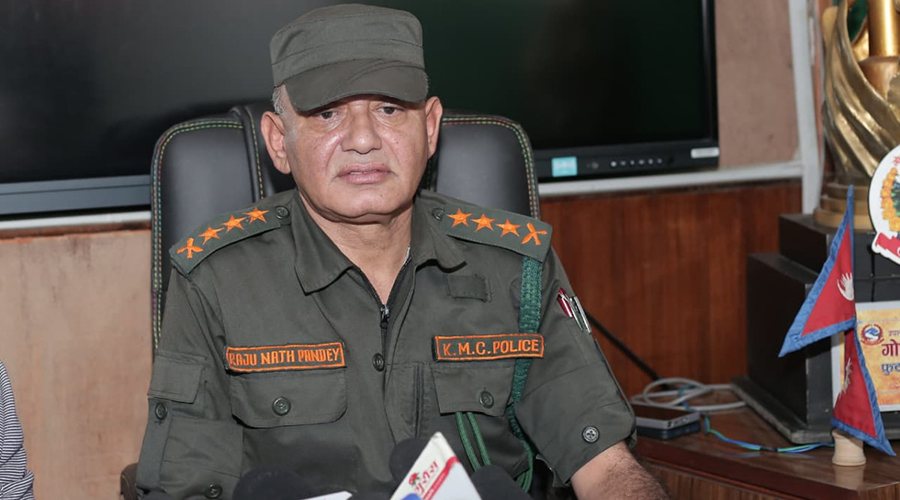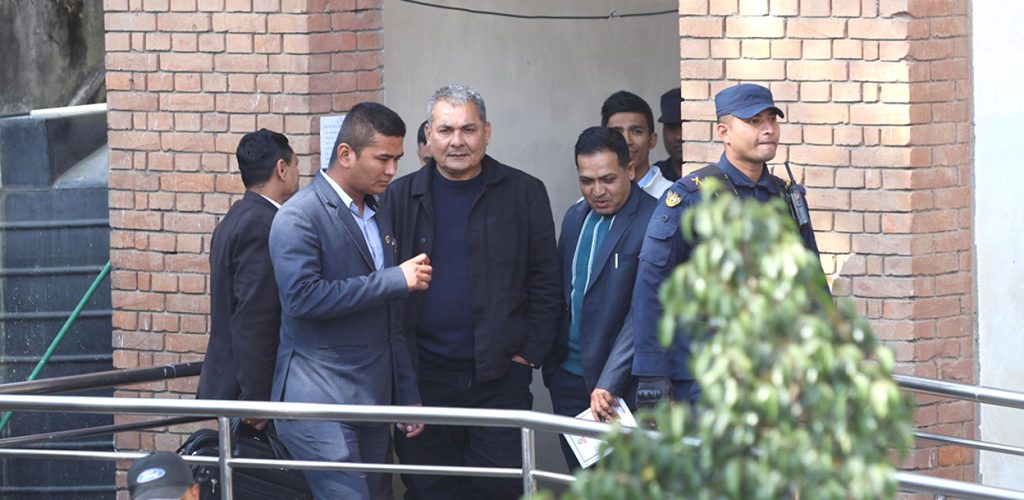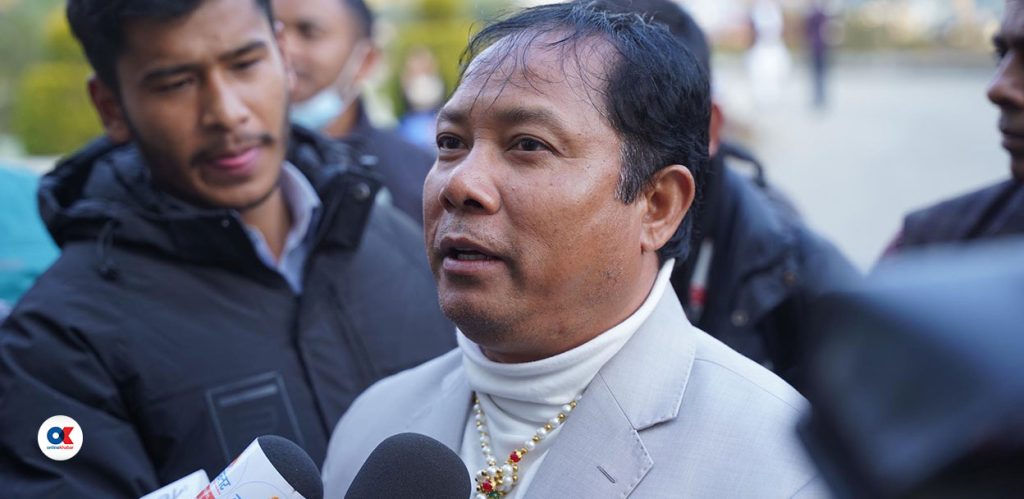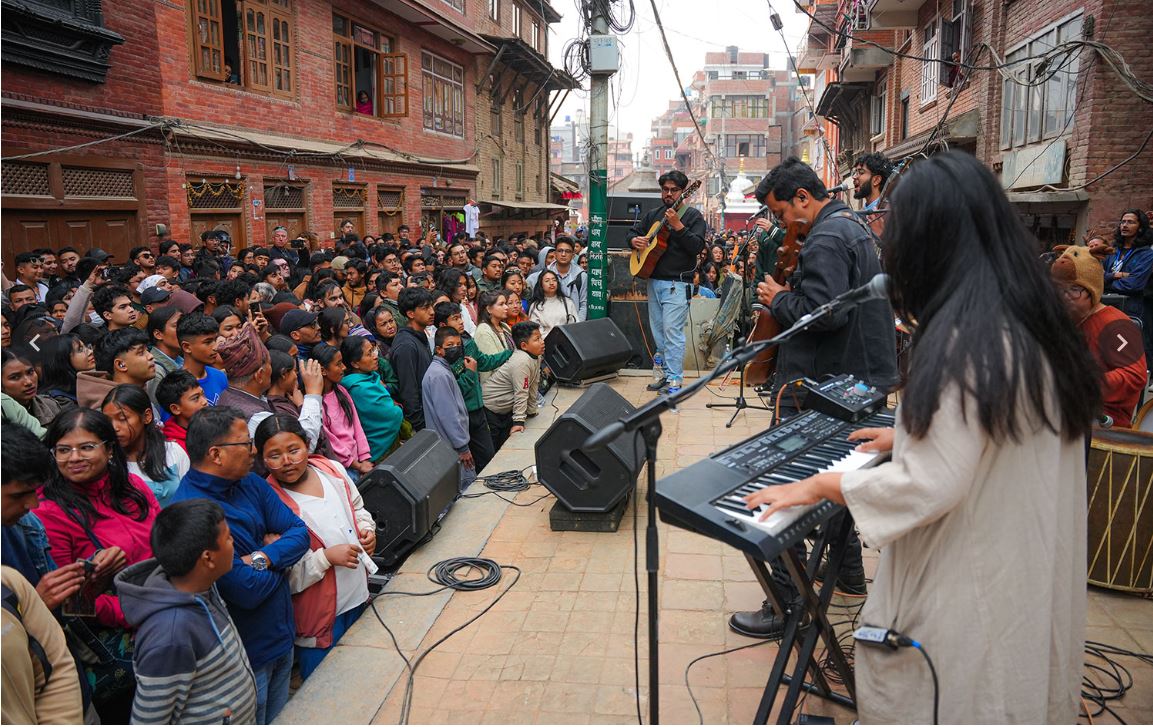
Petroglyphs, commonly known as rock carvings, have been created during prehistoric and early historic times. These serve as crucial documents representing the cultural makeup, physical environment, social compulsion, and economic activities of the period when they were made. These sites are quintessential for comprehending not just our ancestors but also the entire civilization of mankind.
In Nepal, petroglyph sites are rare, with only a few rock art sites identified in the Nepali Himalayas. The first petroglyphs were discovered in 1993 by the team of the German Research Council (DFG) Focus Program ‘Tibet-Himalayas’ at the Kak (Kag) Nyimba site, located near the present settlement of Eklae Bhati.
The same team found two other petroglyph sites in Samar and Te (Tsuk?) in 1995, all in the lower region of Mustang. In later years, between 2013 and 2017, I discovered three more sites with rock paintings and rock carvings in Dhetang, Shar-ri region of Lo (Upper Mustang). It is worth noting that another rock art site is said to exist outside of Mustang in Nepal, but its whereabouts and contents have not been independently verified.
Finding Kag Nyimba
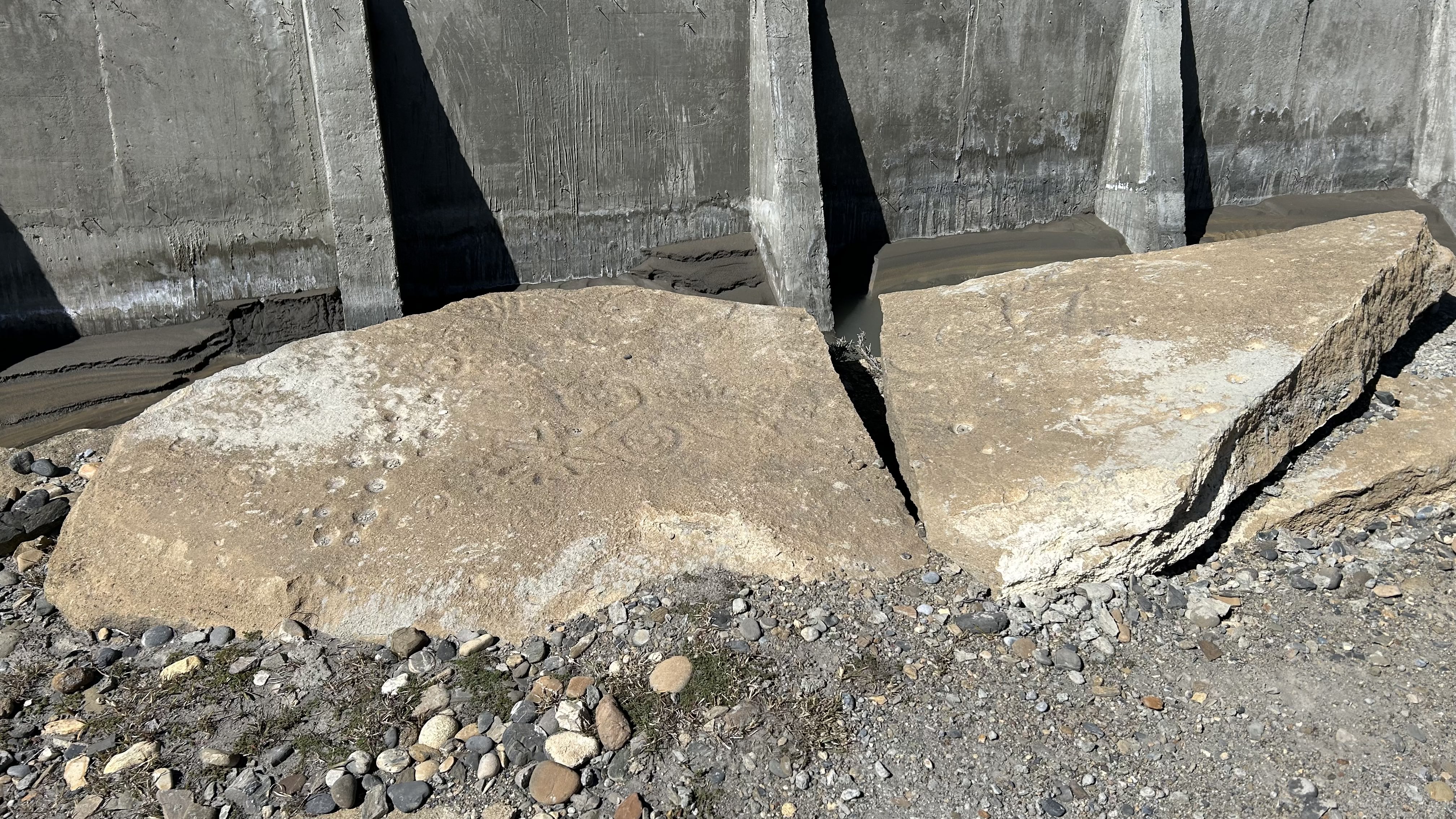
Kag Nyimba, also pronounced as Kak Nyimba, is the very first rock engraving site discovered in Nepal by a team of DFG researchers in 1993. The site was discovered accidentally while the team was studying the nearby abandoned settlement called Kag Nyimba (2,270 m), which is also the namesake of the petroglyph site. The site is situated in the Kali Gandaki Valley, located approximately two kilometres south of Kagbeni Village. The engraved rock fragments are mostly located on the riverbed of the Kali Gandaki River.
The engravings at Kag Nyimba were created using primitive tools such as simple stones chisels and other primitive tools. The DFG Team working closely, led by Perdita Pohle identified over 1,200 engravings that are spread out across two large areas of rock that are approximately 200 metres apart. The findings of which were published in separate volumes in 2000 and 2001.
The engravings were created over different periods and feature various motifs, including footprints, handprints, circles, semi-circles, flowers, horses, spirals, human figures, and more. Additionally, there are carvings of animals such as yaks, wild yaks, blue sheep, dogs, deer, and cattle-like figures. The site also has engravings of various symbols, including Buddhist and pre-Buddhist symbols, axes, and other tools, as well as cup marks, labyrinths, and geometric signs in various sizes and positions.
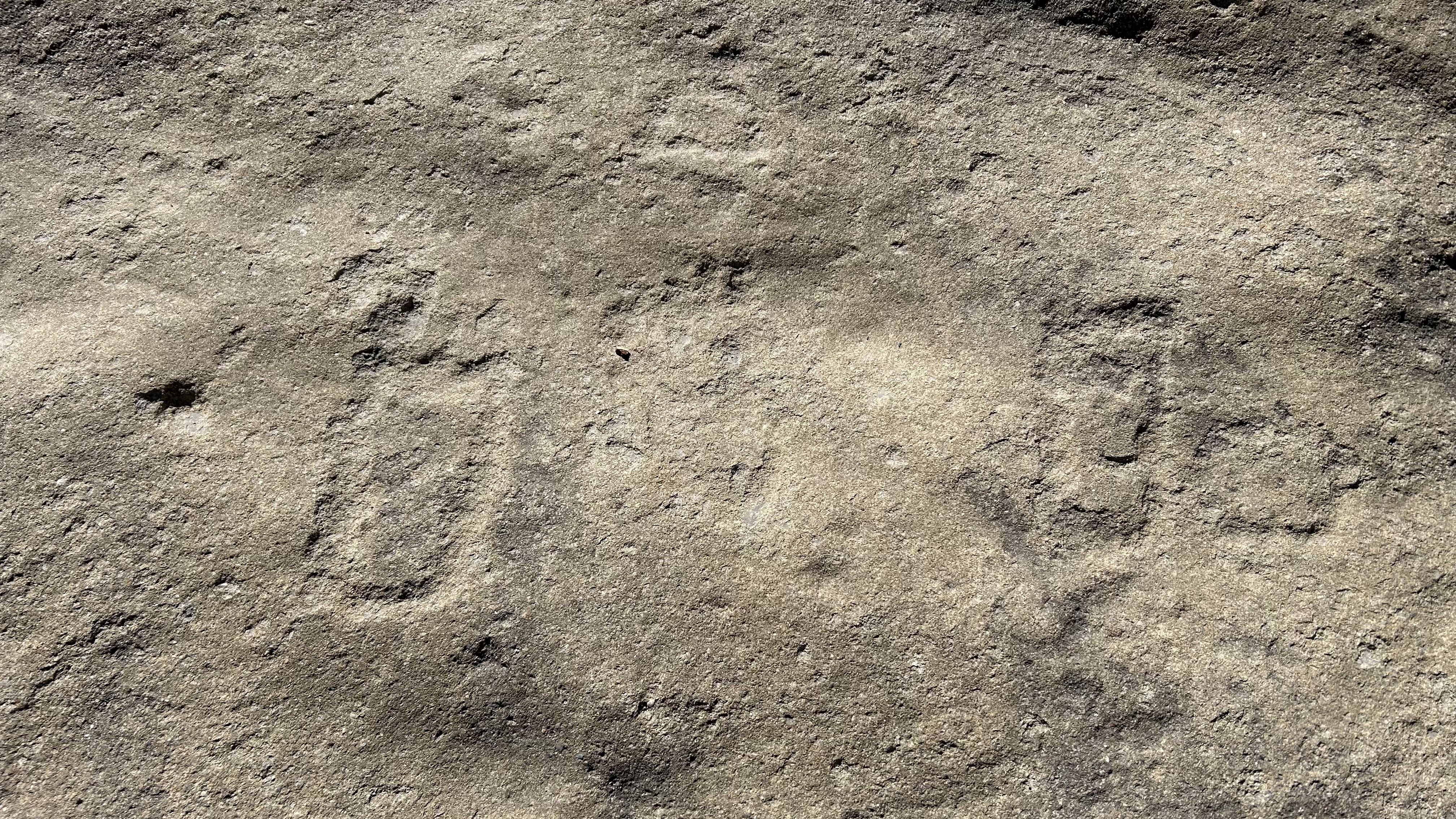
The petroglyphs found in the Kag Nyimba sites are believed to have been created during various epochs, spanning from the pre-historic to the historic period. However, it is not possible to determine their exact age just by studying the images themselves.
According to the research conducted by Perdita Pohle and Willibald Haffner from DFG, as well as the research carried out by Prakash Darnal and I preliminary research, some of the carvings can be traced back to prehistoric periods such as the Neolithic Period (approximately 10,000 BCE) and others to the Iron Age (between approximately 1,500 BCE and 500 BCE).
Some images can also be linked to historical periods, mostly from the 11th to 15th century, but a few could also date back to the pre-7th century. The presence of engravings with Buddhist and pre-Buddhist inscriptions makes it easier to assume that these engravings are from the recent past. It is also safe to assume that all these images are connected to the present and past indigenous communities of the region. They are essential relics of the past epochs that provide evidence of the lifestyle, belief system, and way of life of our ancestors.
Irreparable blunder
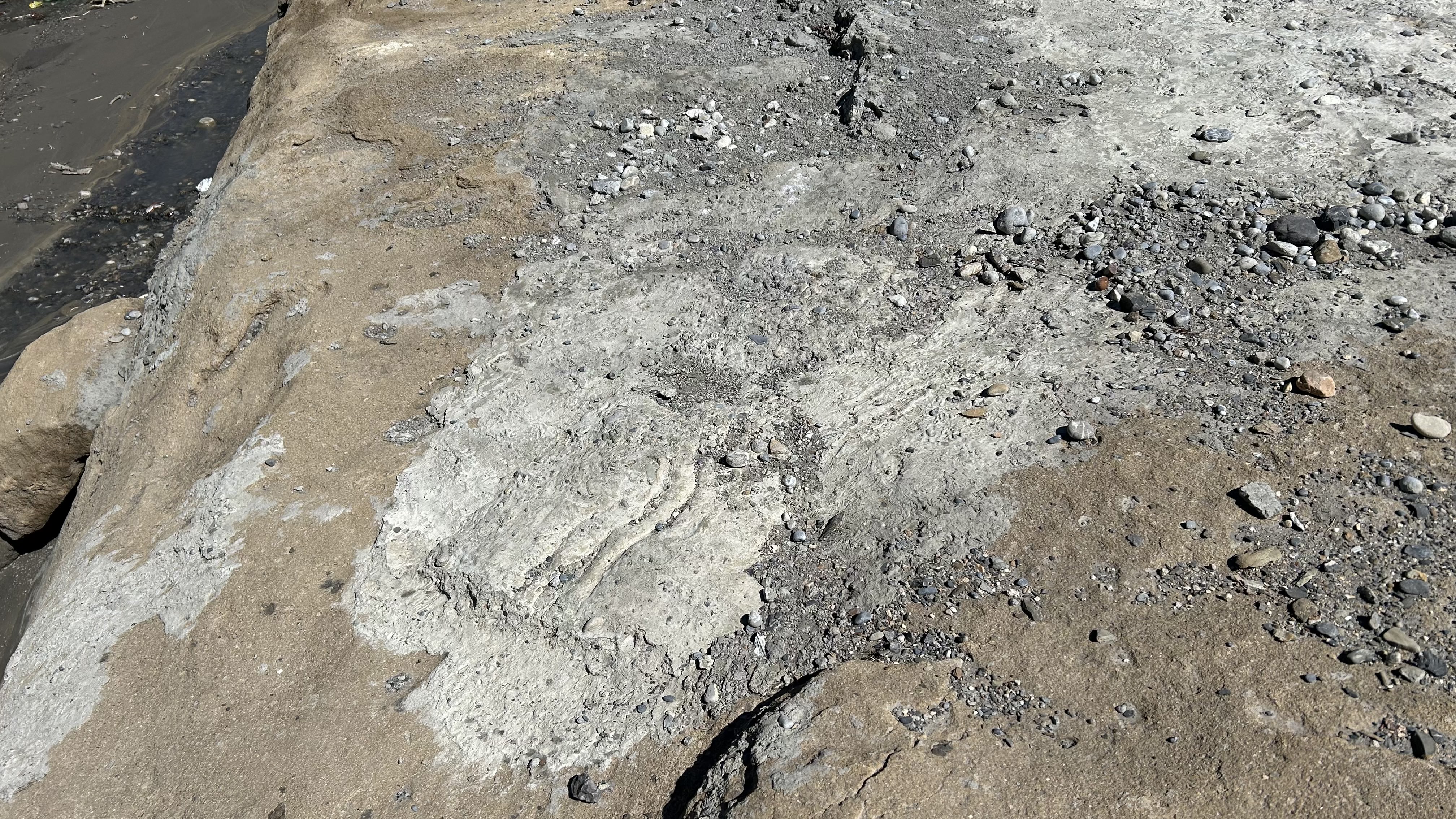
The negligence of the local authorities has led to the destruction of this significant cultural heritage site of Kag Nyimba. In an attempt to prevent water flow from directly hitting the rock surface with engravings, the authorities constructed a concrete wall. Unfortunately, this decision resulted in a disaster as the contractor poured cement mortar all over the engravings, destroying hundreds of engravings that were thousands of years old.
Additionally, the use of heavy machinery and a crawler dozer partially broke and damaged some art panels. Consequently, the Kag Nyimba petroglyph site now lies in tatters. More than half of the previously reported engravings have been damaged and discarded, while some have disappeared and are unaccounted for. The concrete barrage that was built to protect the site is also not fully functional. The water flow from the Kali Gandaki is gradually destroying the engravings as the art panels are still exposed to the direct flow of water.
How the local authorities and the Department of Archaeology in Nepal approved and executed the construction work that destroyed the Kag Nyimba heritage site is incomprehensible. All parties involved should be held responsible for the physical destruction of this site that is thousands of years old.
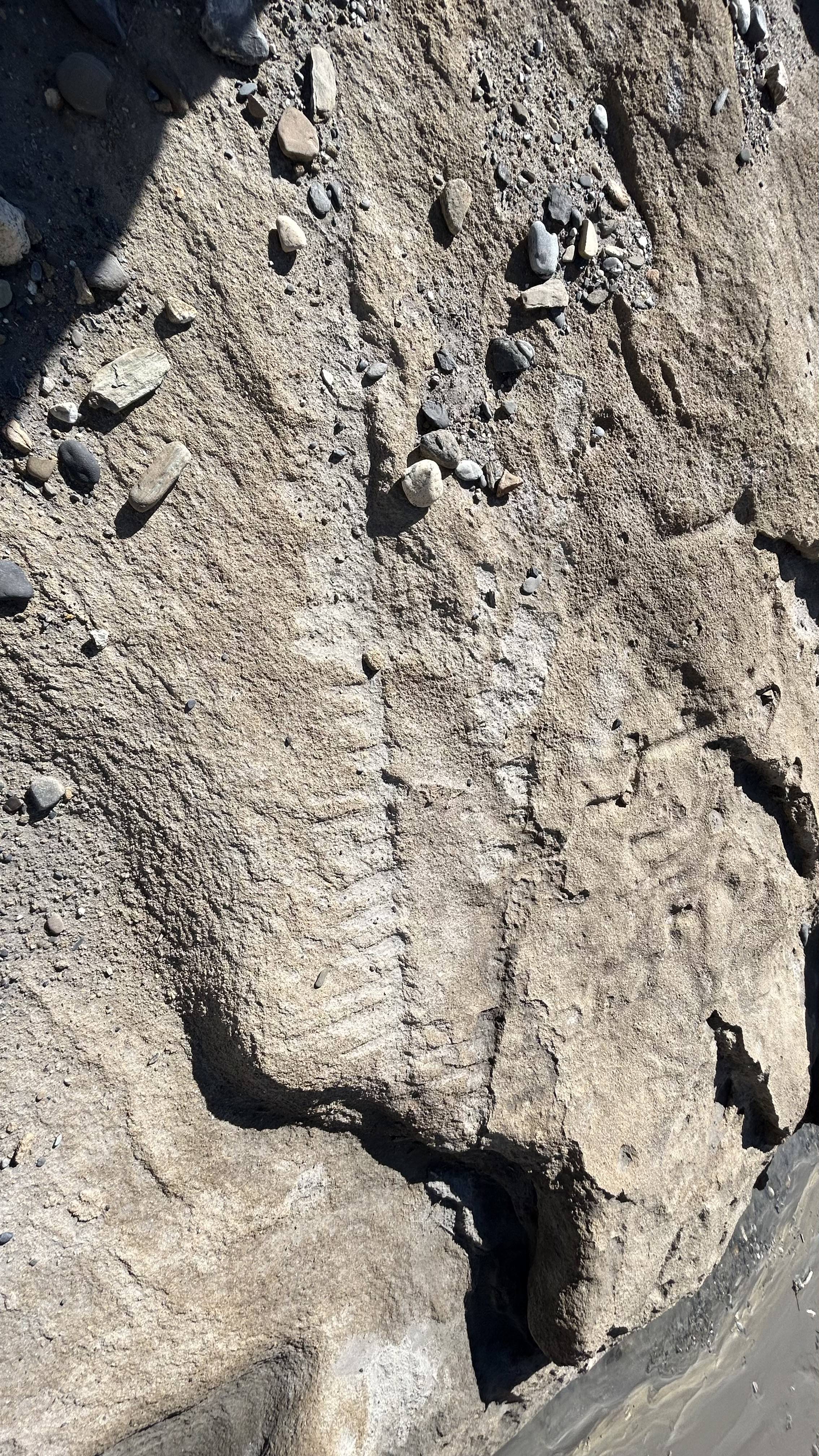
It is unacceptable that such sites are destroyed for the benefit of a select few. The construction work was carried out without proper monitoring in a fragile and sensitive area, which is unforgivable.
This site could very well be a sacred site, a place of ritual gatherings, or a cremation ground. This incident has raised questions about the competency of the Department of Archaeology, which is responsible for protecting and preserving such sites.
The department must be held accountable and answer for what went wrong at Kag Nyimba so that such negligence does not happen again.
Unfortunately, the damage to Kag Nyimba is irreversible, but we must work to protect the remaining petroglyph sites in Mustang before they too are lost forever. Immediate action must be taken by the authorities to rectify the damage and prevent further destruction of the remaining engravings at the site.




